Colors have the power to influence how consumers behave, perceive brands, and make buying choices. In this blog post, we'll break down how understanding the psychology behind color helps brands communicate their message, stir up emotions, and sway consumer behavior effectively.
Color Perception
Colors trigger emotional and psychological reactions in individuals. Each color can evoke different feelings and associations. For example:
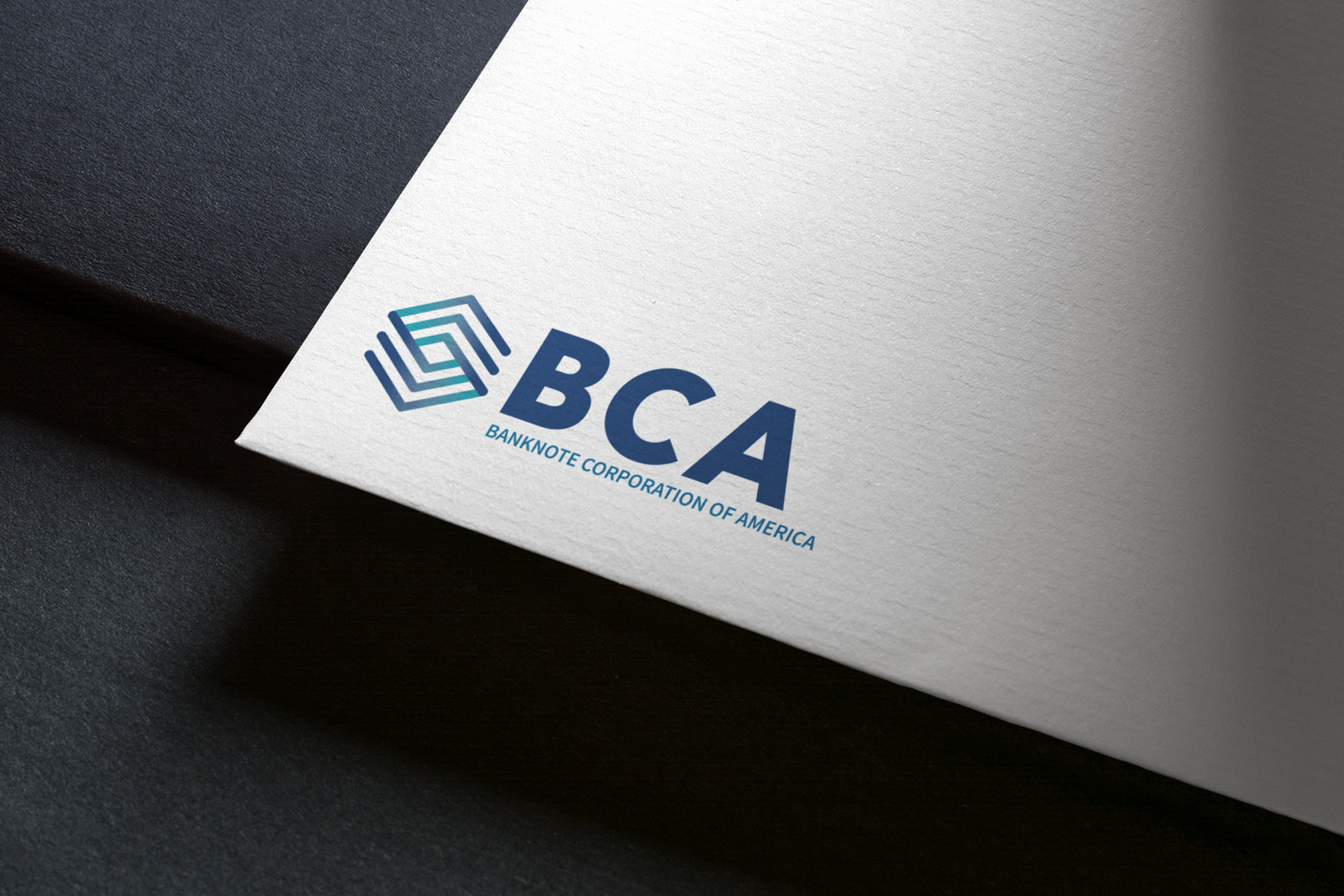
Blue: This color represents trust, reliability, cleanliness, and professionalism. You'll often find it used by banks, healthcare providers, and tech companies.

Yellow: This color symbolizes happiness, optimism, and youthfulness. It is often used for safety and caution messaging or to emphasize key information. This color is frequently used by creative industries, financial institutions, restaurants, and tech companies.
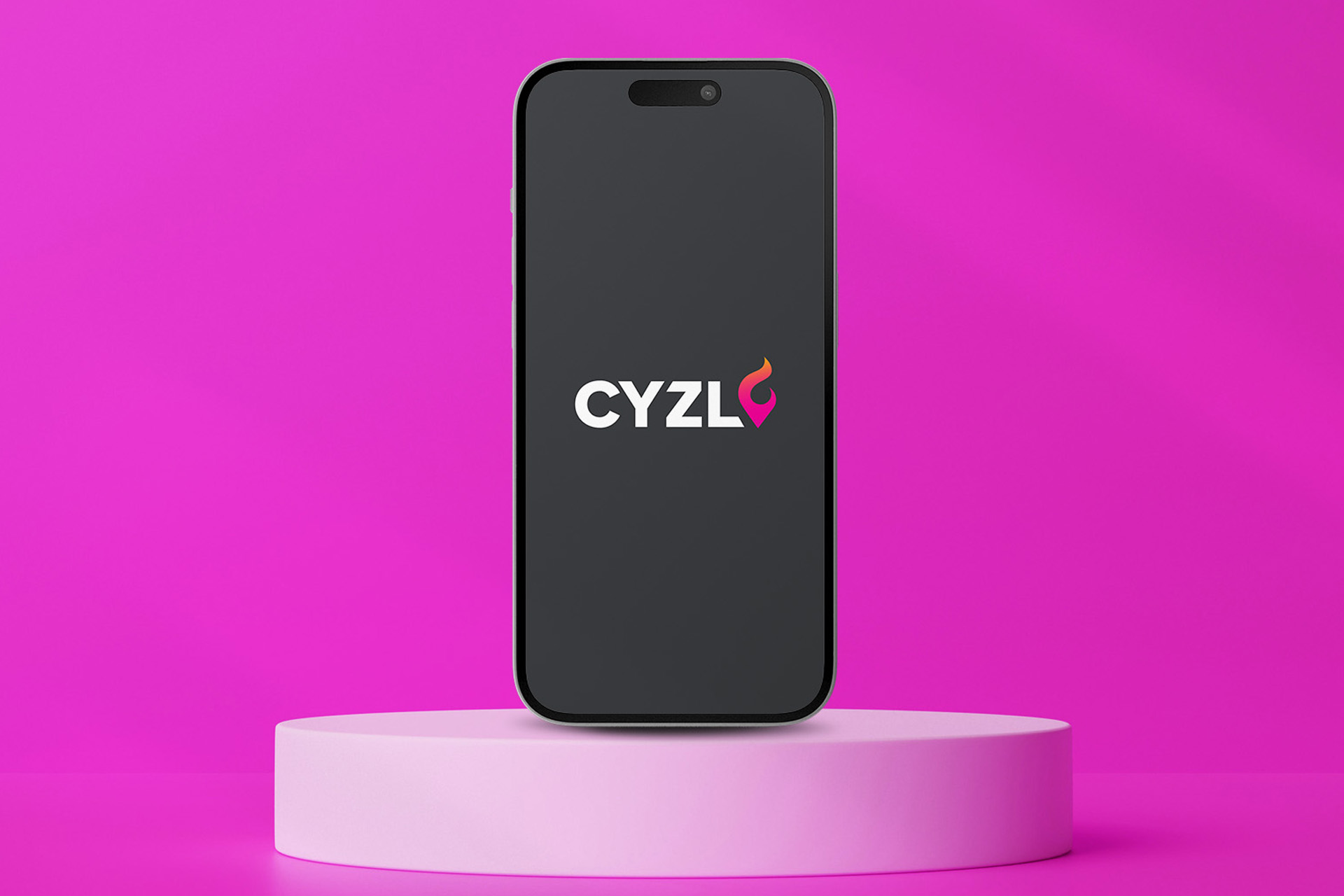
Red: This color is often linked with energy, excitement, power, and passion. Red can also have a physical impact — the color makes people hungry. You’ll often find it used by restaurants and retail brands.
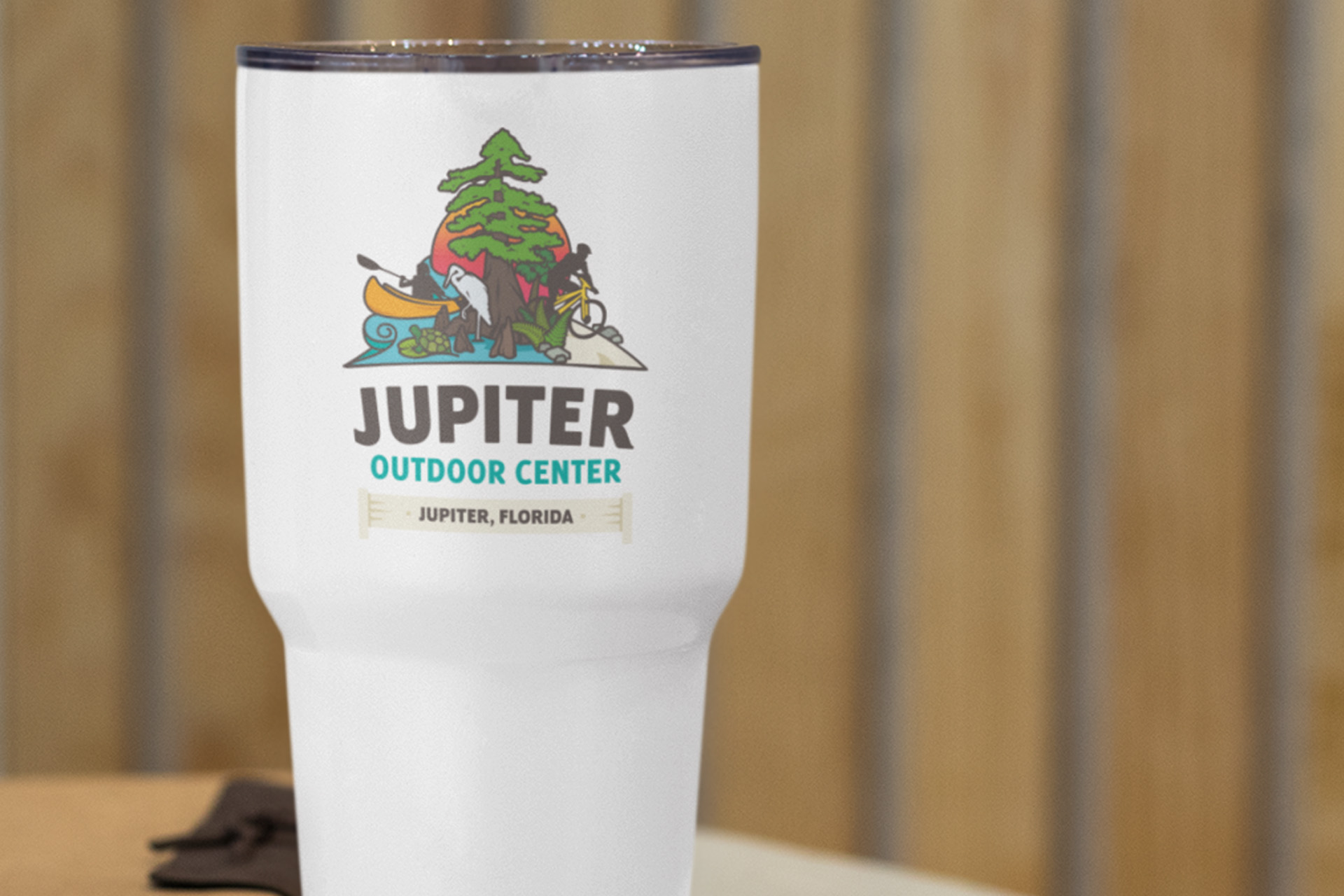
Green: This color communicates growth, progress, and nature. It is frequently seen with environmentally friendly brands and financial institutions.
Color Combinations
The combination of colors also plays a crucial role in brand identity and marketing. Color schemes can affect readability, aesthetics, brand recognition, and more. Common color combinations include:
- Complementary colors: Colors opposite to each other on the color wheel, such as red and green or blue and orange, create contrast and grab attention. The most well-known company that implements this is McDonalds. This chain uses a combination of red and yellow in its branding. Together, they create a vibrant and inviting atmosphere that encourages customers to visit and enjoy their food.
- Analogous colors: Colors that are adjacent to each other on the color wheel, such as blue, green, and teal, create a harmonious and calming effect. Google's logo features a combination of primary colors: red, blue, green, and yellow. This playful and colorful combination reflects the brand's creativity, innovation, and diversity of services.
- Monochromatic colors: Different shades and tints of a single color, create a clean and sophisticated look. Facebook's logo incorporates a blue and white color scheme. Blue signifies trust, security, and professionalism, which aligns with Facebook's goal of creating a safe and reliable social networking platform. The white background adds a sense of simplicity and cleanliness to the brand's image.
Brand Personality
Colors contribute to shaping the personality of a brand. Companies should strategically choose colors that align with their brand values and target audiences. For example:
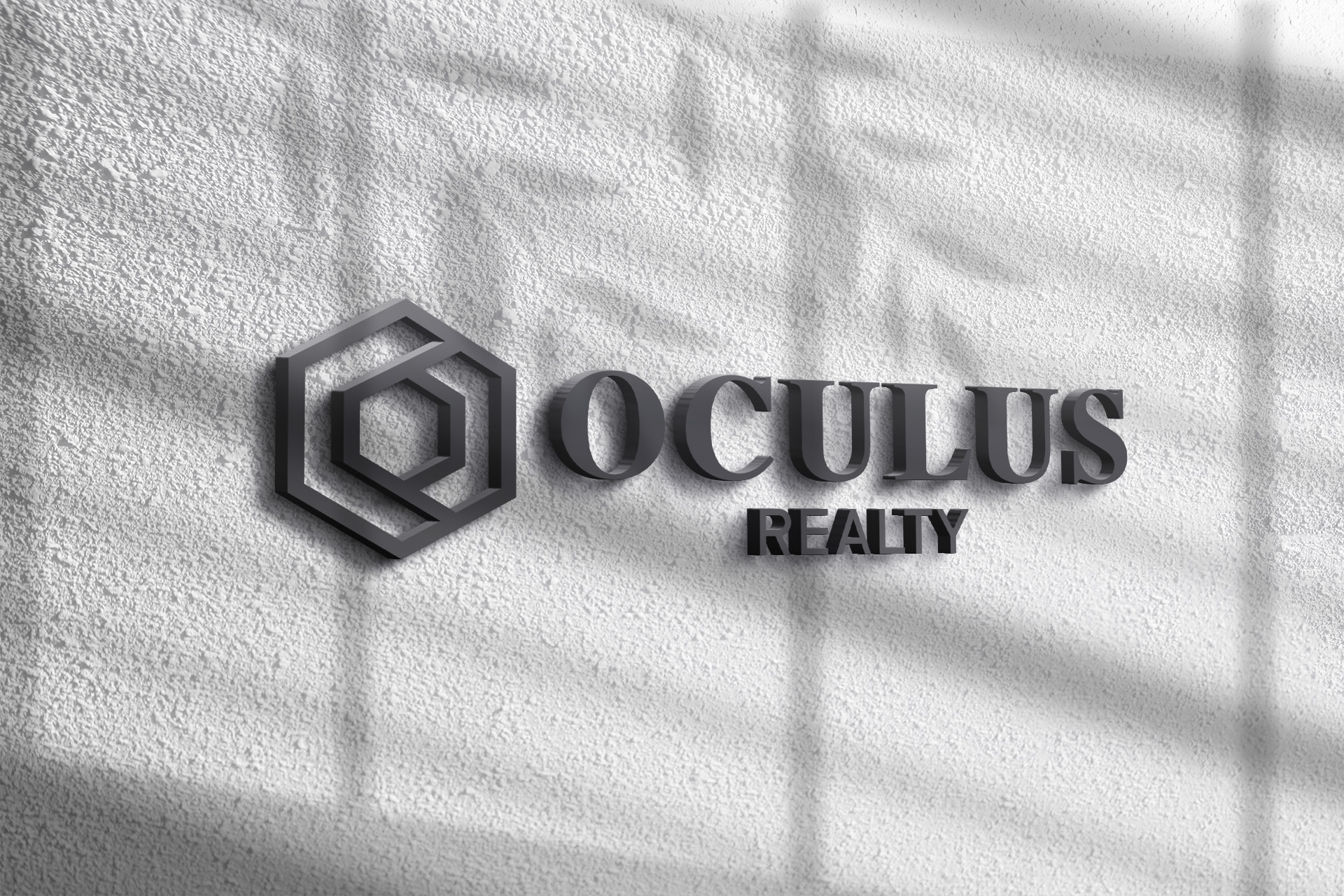
Luxurious brands often use colors like black, gold, or silver to convey exclusivity and sophistication.
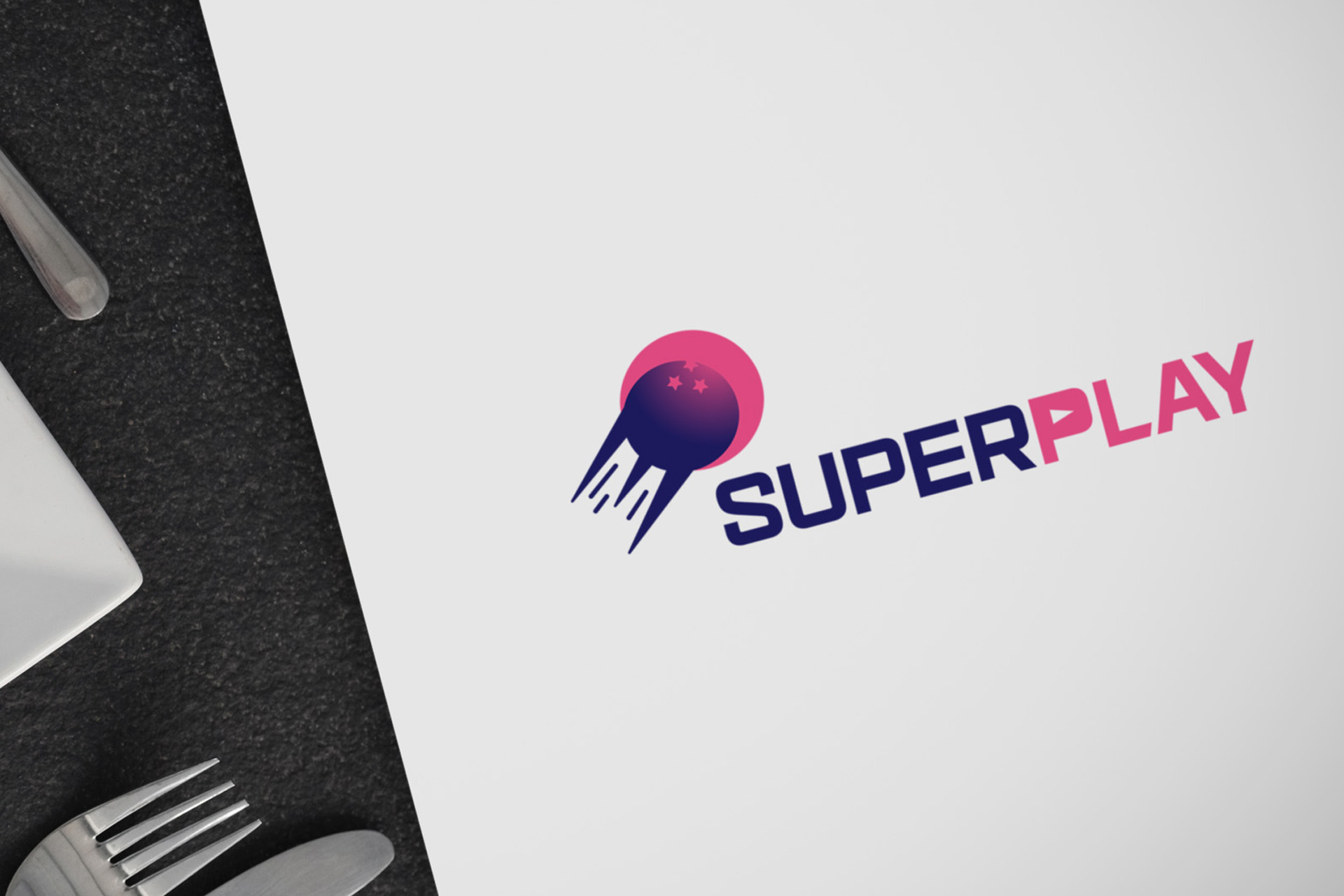
Youthful and fun brands may use vibrant and energetic colors like orange or purple.
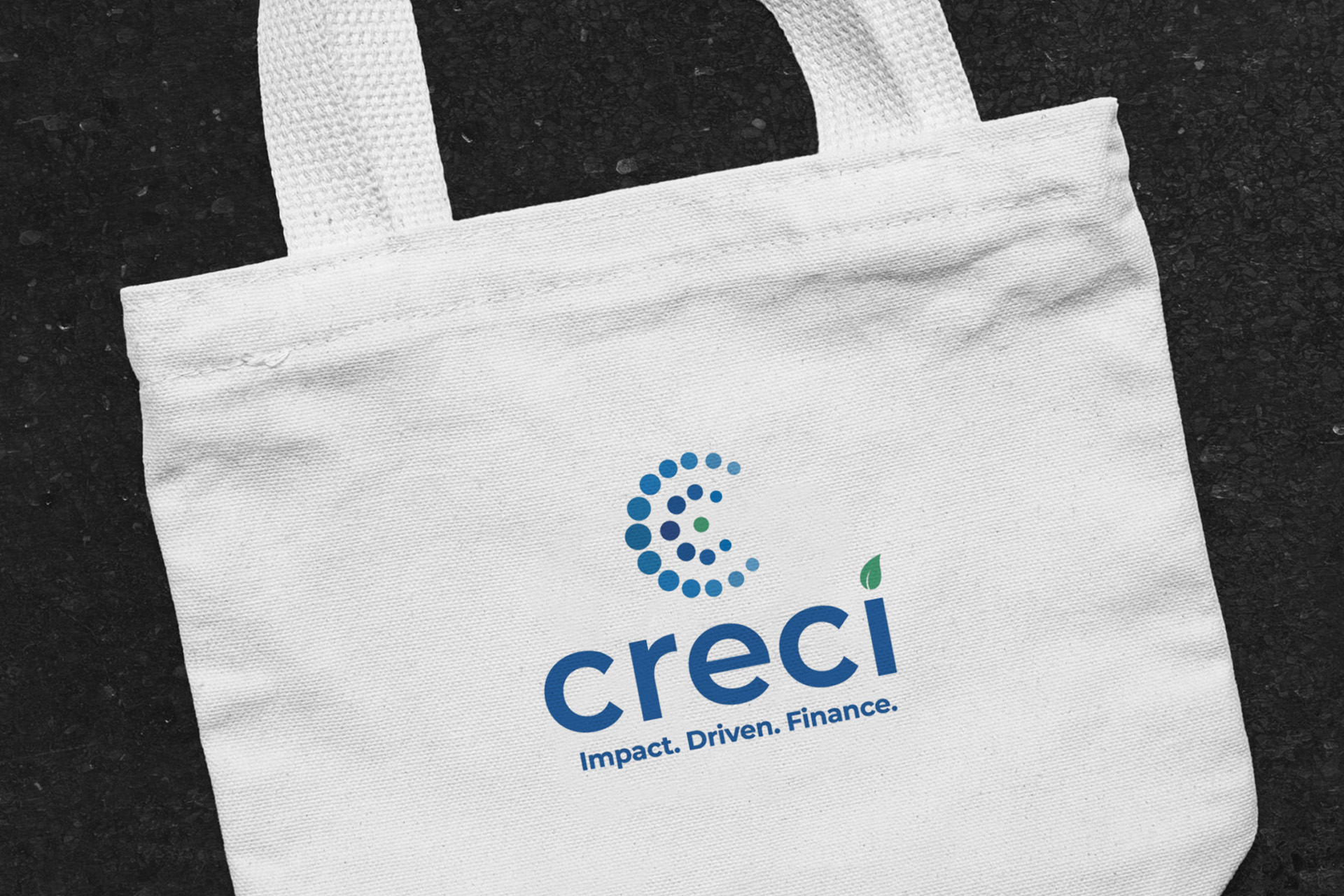
Eco-friendly brands commonly use earthy tones like green and brown to evoke a sense of sustainability and naturalness.
Understanding the psychology of color in marketing is not just about choosing colors that you think will look nice. It's about tapping into the subconscious cues that influence consumer behavior. By harnessing this power, brands can create a lasting impact on their target audience and stand out amongst competitors.


